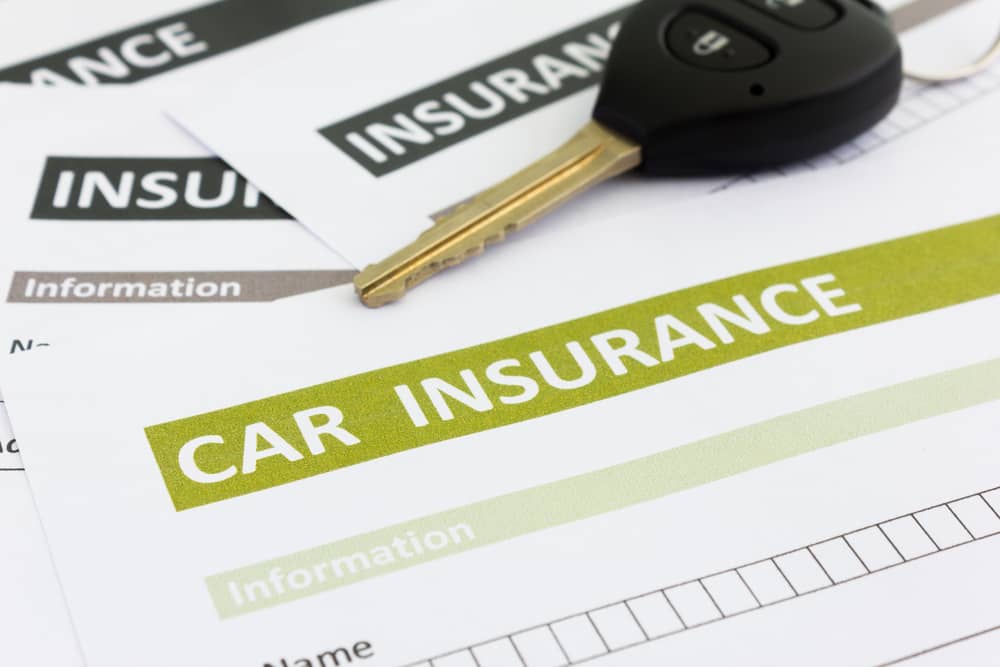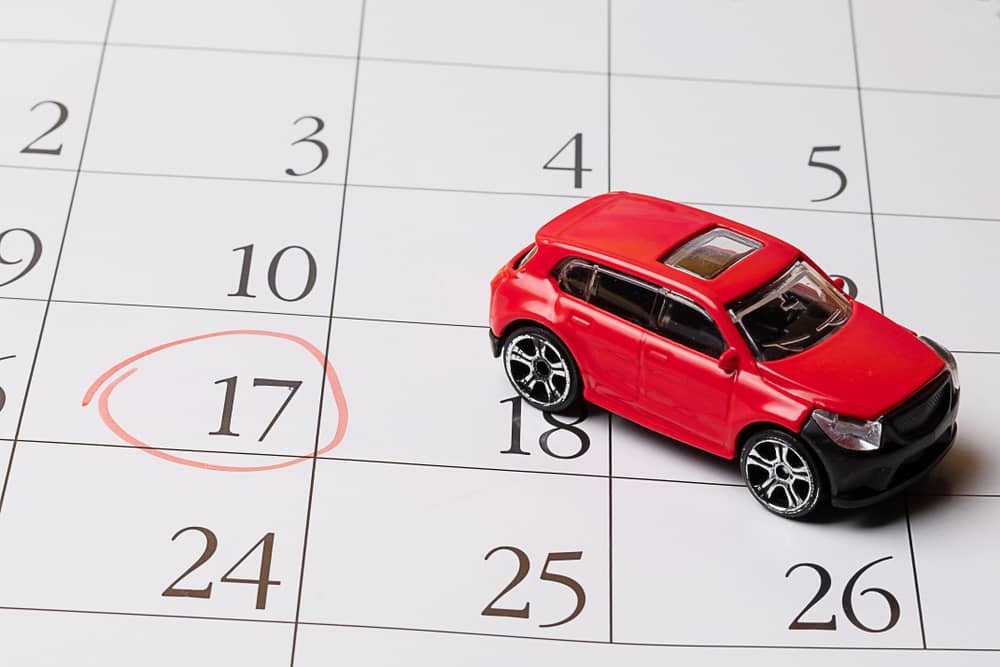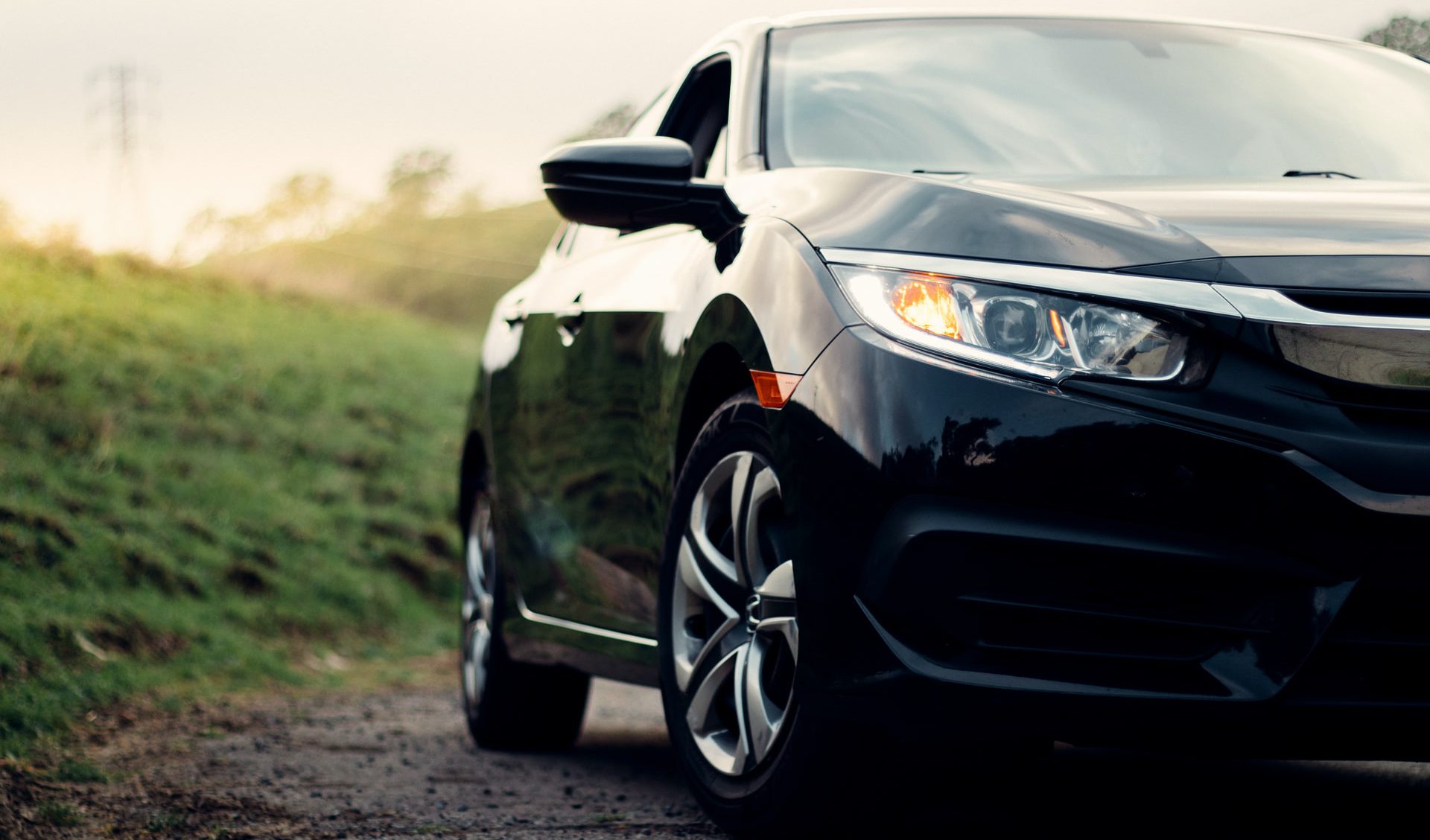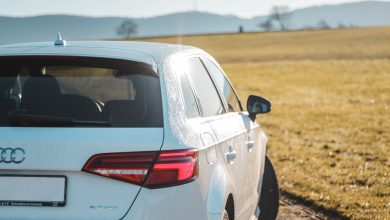10 things you MUST know before renting a car

Undeniably, owning a car in Singapore is expensive but it offers one of the most reliable ways to get around without having to deal with the tediousness of public transport or the inconvenience of waiting for a taxi.
“Maybe it’s more feasible and budget-friendly to rent a car instead, but how do I go about it?” Sounds familiar?
The entire process involved in renting a car can be daunting for both first-timers and veterans alike. Renting a car can be overwhelming if you have never done it before.
Before you decide if renting a car is your jam (pun not intended but okay we’re leaving it in there), there are a few things you should know. We’ve summarised it into a handy 10-part checklist so you can have a smooth, fuss-free experience.
1. Take note of the requirements to rent a car in Singapore
You don’t want to turn up and then be rejected!
- Valid driver’s license – A valid driver’s license would be the first prerequisite that any rental car company will ask for. For local drivers, a valid Class 3 or 3A license will suffice.Expatriates will have to produce either their home country’s driver license, which has been officially translated into English or an International Driving Permit (IDP). Do convert your license into a local one if you plan to drive in Singapore for a period longer than a year!
- Age – Generally, the age requirement for most rental companies is between 22 to 73 years old. Some rental companies do offer exceptions for 21-year-olds but at a higher insurance premium.
- No P-plate drivers – Sorry newbies, but maybe stick to driving daddy’s car for now. P-Plate drivers, also known as “fresh drivers who received their driver’s license less than a year ago”, may not be permitted to rent due to a higher likelihood of accidents.
2. Think about the kind of car you need
If this is your first time renting a car, it’s easy to get carried away by the range of vehicle options you’ll see, from sporty SUVs to luxury coupes. But your decision really boils down to what you need, not what you want.
Are you driving around your brood of kids? Or do perhaps your elderly parents need a ride to hospital visits? Consider factors such as the type and number of passengers you’ll need to ferry on a day to day basis. Also keep in the mind the kind of boot space and usage you need. Renting a car with the largest capacity may seem appealing, but it is not a cost-effective choice if you’re not utilising it. Not only do larger cars consume more fuel that average, they also require some getting used to. So choose wisely!
3. Get car insurance

The cost of auto insurance is usually included in the price, but make sure to read through the rental company’s insurance policy.
To limit the user’s liability, rental companies provide a Collision Injury Waiver, which covers you in the event of an accident, but you’ll still be responsible for a portion of the cost of damage or theft. (otherwise known as Damage Excess)
You could also rely on your existing insurance plan but do check if your plan covers potential accidents in rental cars.
TL;DR, don’t drive a car without insurance. Ever.
4. Check your car petrol level
Certain car rental companies practice a “full-to-full” policy, in which you’re given the keys to a car with a full tank of fuel and you’re supposed to return the car correspondingly.
So before you drive off from the rental company, make sure to check that the tank is full. And of course, fill that baby up before you head back to the car rental company. Otherwise, you might find yourself facing a petrol refill service fee, which usually is more expensive than filling up in the first place.
5. Take time to inspect your rental car
Do yourself a favour and throughly check the car’s exterior and interior are as described in the agreement. Flag up any pre-existing defects or concerns to a staff member prior to your rental or you may be held accountable for any scratch or dent found on the vehicle.
It will be good practice to arrive at least 15-30 minutes earlier than the agreed collection time, so you have ample time to do all the checks you need without affecting your next appointment.
6. Don’t forget the security deposit
Don’t be shocked when you’re asked to pay a security deposit when you pick up your rental car. The mandatory deposit serves to protect the rental company and would be used to cover their losses for any damages or violation of the contract’s terms and conditions.
Don’t worry, this amount is completely refundable after you return the vehicle.
7. Take note of the return time
Make sure to return the rental vehicle at least 30 mins before the deadline. Late returns might incur additional costs, which may be the full expense of the next day or a half-day. Another thing: don’t forget to check if rental companies allow 24/7 returns, or if you have to do it during operating hours.
The rental car will be inspected for damages, and if any, you’ll be responsible for the repair costs if the vehicle isn’t properly insured. (Hence, reiterating the importance of car insurance)
You may be also liable for cleaning fees if the vehicle is excessively dirty. So take good care of the car as if it’s your own!
8. Factor in your rental dates and duration

Dates
Ideally, try to slot your rental dates at least 2 weeks to a month in advance. You’re more likely to secure your desired car and avoid a potential surge in pricing.
Rental companies tend to differentiate their prices for peak period rentals, public holidays and weekends. Due to the increased demand, rental rates are priced higher than usual.
Duration
Likewise, rental rates vary according to your rental duration. The shorter the rental duration, the higher the cost.
For example, a rental company can quote you SGD$70 for a day’s rental of a Toyota Altis, but SGD$220 for a 5-day period. (SGD$44/day)
If you want to rent a car for more than a month, it’s termed as car leasing rather than car rental. It’s less expensive if you commit to a one-year period or longer. For example, the cost to rent a car for a month might cost SGD$1,600, but if you sign a one-year lease, the rental cost reduces to SGD$1,500/month.
9. Think about rental packages
To those who rely regularly on personal vehicles but can’t afford to maintain one, consider committing to a rental car package.
Although packages are a cost-effective choice, it’s recommended to fully maximise the given vehicle usage or you’ll risk underutilising your package fees. Contrarily, it’s wiser to opt for hourly car rental rates if you’re not a frequent driver.
10. Consider a car leasing subscription
Car subscriptions work similarly to how other subscription services like Netflix and Spotify.
You pay a monthly fee for the car of your choice and the car is practically yours. Additionally, unlike traditional car rental or leasing plans, the commitment period is usually really short and flexible.
So you don’t have to feel tied down by the car, giving you more freedom and flexibility.
At Carro, you can subscribe to a car from as low as $1,399 a month for brand new cars. These prices are even lower for pre-owned cars too. Additionally, the subscription fee conveniently covers almost everything a car owner would need — from maintenance, road tax and more!
You’ll also potentially be able to save up to $800 a year with Carro’s exclusive pay-as-you-drive insurance and maintenance, where you’ll be charged based on how much you drive. So, if you drive less, you’ll pay less!
Plus, unlike traditional car ownership, there’s no need for a hefty downpayment! So you won’t need to take out a car loan to pay for the car or fork out your hard-earned cash for the high downpayment, which gives you more flexibility with your finances, allowing you to use the money for more important things in life.





